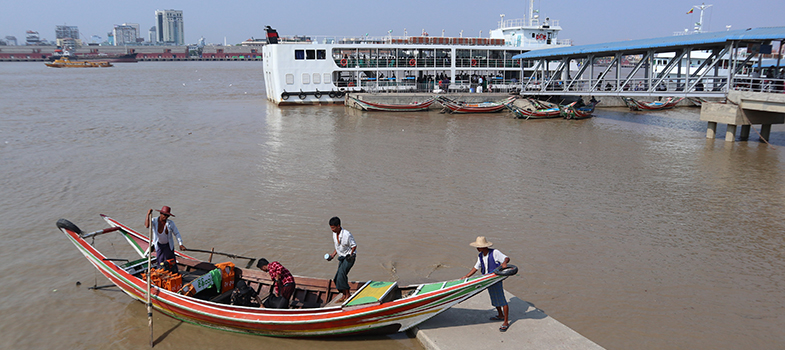3.6 Effects of water pollution
Water pollution has two major adverse effects. It harms living organisms and it damages the environment or ecosystem upon which all living organisms depend. The effects of pollution on human beings and aquatic communities are many and varied. However, they can be catastrophic, depending on the kind of chemicals, concentrations of the pollutants and where pollution occurs.
Rivers and lakes contain substances, some that are necessary for supporting the life of organisms, such as nitrogen, phosphorus and iron, but also some which are hazardous, such as arsenic and mercury which cause health problems.
Contaminated water can carry pathogens and disease that can infect people and animals through contact and consumption. Waterborne diseases are some of the largest causes of sickness and death around the world. Bacteria, protozoa, virus and algae, can enter into water courses either naturally, or through disposing of improperly treated sewage or wastewaters. Biological quality of water is more important than chemical quality in terms of negatively affecting human health globally. Waterborne parasites, in particular, are a serious concern across the world as they are very common and diverse. They cause typhoid, cholera, hepatitis and various other diseases.
Damaging ecosystems destroys or changes the habitats of living organisms, as ecosystems are extremely dynamic and respond to even small changes in the environment. Water pollution can cause an entire ecosystem to collapse if left unchecked.
3.5 Causes of water pollution in Myanmar
